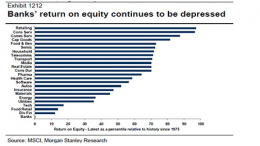Why Bankia’s dividend matters
MADRID | March 4, 2015 | By Fernando G. Urbaneja | No financial entity which enters a crisis and needs an external rescue retains its identity. Usually it just becomes integrated into another financial group which allows for a change of brand. Bankia may be the first exception to the long list of Spanish financial crises of the last half century.




